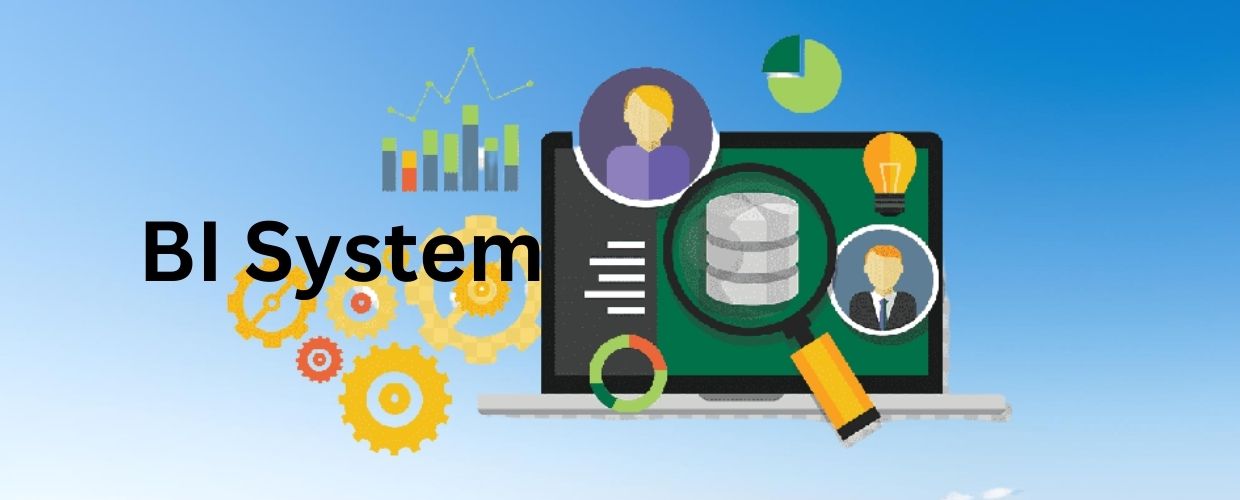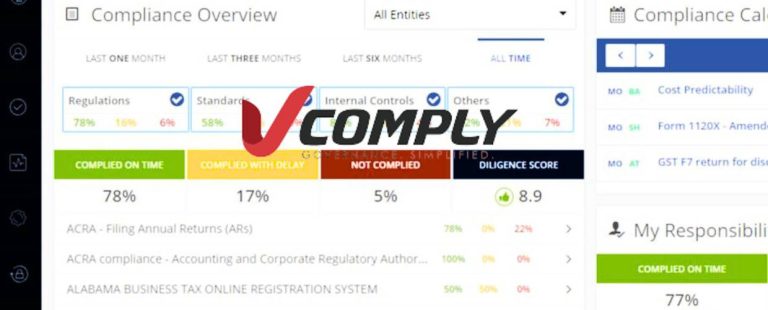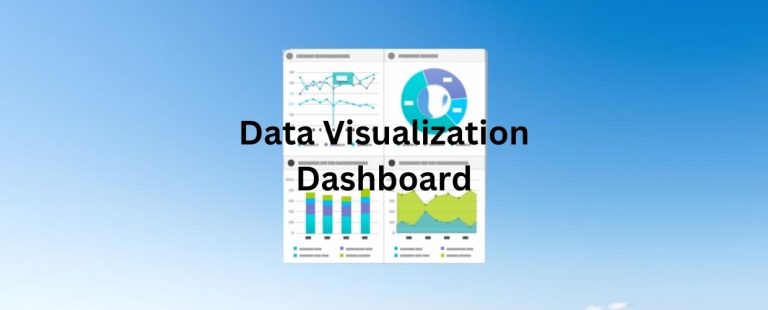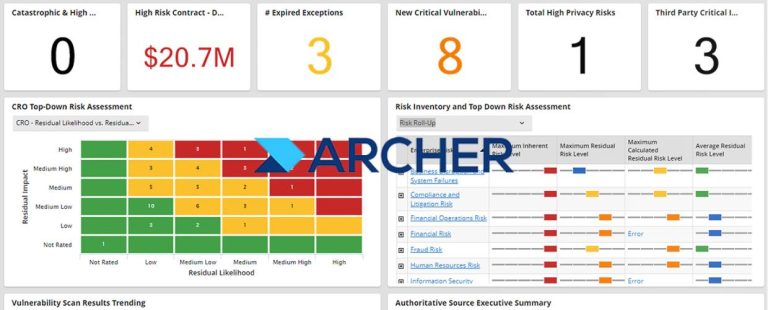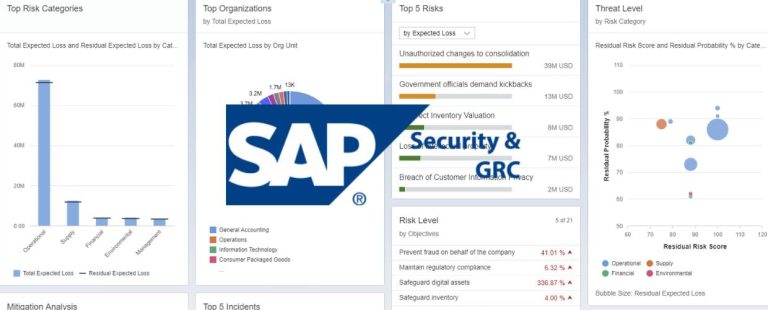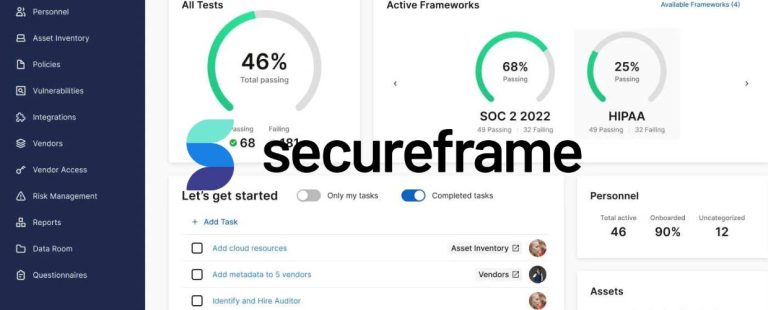In the digital era, data has become an indispensable asset for businesses. The ability to harness data and transform it into actionable insights is a crucial driver of success in today’s competitive landscape. Business Intelligence (BI) systems have emerged as essential tools that empower organizations to make data-driven decisions, optimize performance, and gain a strategic edge. This article delves into the concept of a BI system, its components, its benefits, and how it revolutionizes how businesses leverage data for growth and innovation.
Understanding the BI System
A Business Intelligence (BI) system refers to a comprehensive set of technologies, processes, and methodologies that collect, analyze, and present data in a meaningful and actionable way. The primary goal of a BI system is to provide decision-makers with timely and relevant information, enabling them to make informed decisions that drive business success. A BI system integrates data from various sources, processes it through analytics tools, and presents it as reports, dashboards, and visualizations.
Components of a BI System
When building a BI system, it’s essential to consider the various components that make it up. These components can include data sources, ETL tools, data warehouses, analytical tools, and reporting tools.
Data Sources
The first step in a BI system is data collection from multiple sources, including databases, spreadsheets, cloud applications, customer interactions, and more. Data may be structured (e.g., databases) or unstructured (e.g., social media posts), and the BI system integrates and consolidates this data for analysis. In a modern BI system, data sources can be diverse, including internal sources like transactional databases, ERP (Enterprise Resource Planning) systems, CRM (Customer Relationship Management) systems, and external sources like social media data, online surveys, market research data, and even data from Internet of Things (IoT) devices.
Data Warehouse or Data Mart
A data warehouse or data mart acts as a central repository where data from various sources is stored, organized, and made accessible for analysis. This structured storage facilitates data retrieval and allows for historical data analysis. The data warehouse is designed to support analytical queries and reporting efficiently. Data warehouses are typically optimized for read-heavy workloads and are often separated from operational databases to prevent any impact on transactional systems. On the other hand, data marts are smaller subsets of data warehouses. They are designed to serve the needs of specific departments or business units, providing a more tailored approach to data access.
Data Integration and ETL
The process of extracting data from various sources, transforming it into a consistent format, and loading it into the data warehouse or data mart is known as ETL. Data integration ensures that data is accurate and consistent across the BI system. Data is extracted from different source systems and brought into a staging area for processing. Data is cleaned, standardized, and transformed to fit the BI system’s data model and business rules. The transformed data is loaded into the data warehouse or mart. Data integration is a crucial component of a BI system as it ensures that data from disparate sources is harmonized and can be effectively analyzed to generate meaningful insights.
Data Modeling
Data modeling involves creating a logical and physical data storage and retrieval structure. This step ensures the data is organized and can be efficiently analyzed for insights. Logical data modeling defines the relationships and dependencies between data entities, such as customers, products, transactions, etc. On the other hand, physical data modeling involves implementing the logical model in the actual database or data warehouse. A well-designed data model allows for optimized querying, efficient data retrieval, and a better understanding of the relationships between different data elements.
Data Analysis and Reporting
BI systems use advanced analytics tools to process data and derive meaningful insights. Data analysis involves techniques such as OLAP (Online Analytical Processing), data mining, and statistical analysis. The results are then presented as reports, dashboards, and visualizations.
OLAP allows users to interactively analyze multidimensional data from different perspectives, helping them gain deeper insights into their business performance. Data mining techniques help discover patterns, correlations, and trends in large datasets, uncovering valuable insights that may not be apparent through traditional reporting.
Reporting and Visualization
BI systems present data insights in a user-friendly manner through reports, dashboards, and interactive visualizations. These visual representations enable decision-makers to grasp complex information quickly and identify trends or anomalies. Reports are typically static and preformatted presentations of data and analysis. They provide essential information in a structured format and are often used for periodic reporting and compliance purposes. Conversely, dashboards are dynamic and customizable interfaces that display real-time data and key performance indicators (KPIs). Users can interact with dashboards to drill down into specific details and gain deeper insights into their business data.
Benefits of a BI System
A well-built BI system can benefit an organization, including improved data accuracy, increased efficiency, better decision-making, and a competitive edge over others in the industry.
Data-Driven Decision Making
The primary advantage of a BI system is its ability to facilitate data-driven decision-making. Decision-makers can access real-time data insights, identify key performance indicators (KPIs), and evaluate business performance based on objective information. Instead of relying on intuition or past experiences, businesses can base their decisions on accurate and up-to-date data. This data-driven approach reduces the risk of making uninformed choices and enables organizations to respond quickly to market changes and opportunities.
Improved Performance and Efficiency
A BI system optimizes business processes and identifies areas for improvement, leading to increased operational efficiency and performance. It helps businesses streamline workflows, reduce bottlenecks, and optimize resource allocation. By analyzing data from various departments and functions, organizations can identify inefficiencies, pinpoint areas that need improvement, and implement data-backed strategies for optimization. A retail company may analyze inventory data and customer buying patterns to optimize their stock levels, ensuring they have the right products available at the right time, thus reducing carrying costs and lost sales due to stockouts.
Strategic Planning and Forecasting
BI systems aid in strategic planning and forecasting by providing historical data and predictive analytics. It allows businesses to anticipate trends, plan for scenarios, and make proactive decisions. Organizations can identify market trends, customer preferences, and emerging opportunities through data analysis. Armed with this information, they can formulate informed strategies for growth and innovation. A marketing team can use historical sales data and customer demographics to forecast demand for a new product. It enables the organization to allocate resources effectively and avoid potential overstock or stockout situations.
Enhanced Data Visibility and Accessibility
BI systems provide a centralized data storage and analysis platform, increasing data visibility and accessibility across the organization. Employees can access relevant data and insights to support their decision-making processes. With self-service BI tools, business users can create ad-hoc reports and analyze data without relying on IT teams. This democratization of data empowers employees and reduces the time and effort required to access critical information.
Competitive Advantage
Businesses gain a competitive advantage in the market by leveraging data insights to make informed decisions. BI systems help identify market trends, customer preferences, and emerging opportunities, enabling businesses to stay ahead of the competition. An e-commerce company can use BI to analyze customer behavior and preferences, leading to targeted marketing campaigns and personalized recommendations that improve customer satisfaction and loyalty.
Improved Customer Experience
BI systems aid in understanding customer behavior and preferences, leading to better customer segmentation and targeted marketing strategies. Improved customer experience enhances customer loyalty and retention. Organizations can identify their most valuable customers by analyzing customer data, understand their needs, and tailor their offerings accordingly. It leads to more personalized customer experiences, higher customer satisfaction, and increased customer retention.
Conclusion
In today’s data-driven world, a Business Intelligence (BI) system is no longer a luxury but a necessity for businesses seeking to thrive in a competitive landscape. Integrating data from various sources, advanced analytics, and interactive reporting empowers decision-makers with timely and relevant insights. A well-implemented BI system enables data-driven decision-making, strategic planning, and improved performance, enhancing efficiency and competitive advantage.
Embracing a BI system as a core component of the organization’s data strategy unlocks the full potential of data and unleashes the power of informed decision-making for business success and innovation. With the right BI system in place, organizations can confidently navigate the complexities of the modern business landscape, leveraging data as a strategic asset to drive growth, adapt to changing market conditions, and achieve sustainable success.
